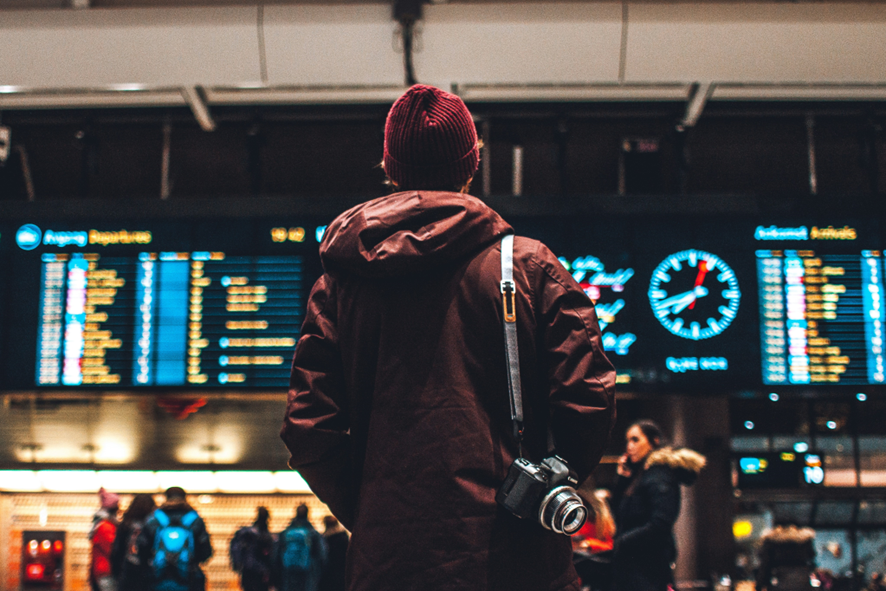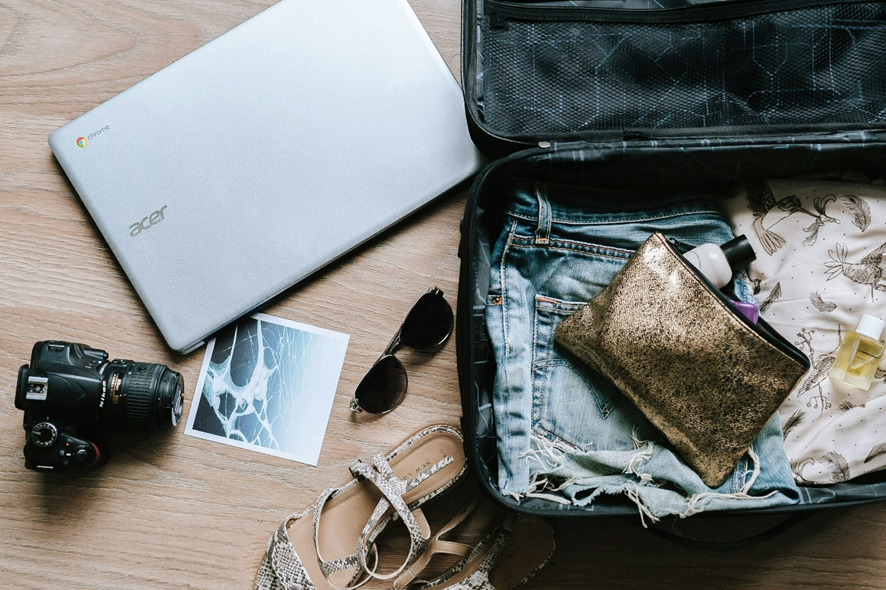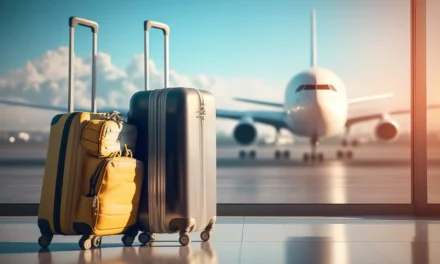Traveling by plane can be a pleasant experience, but the safety rulesespecially with regard to liquid transport, they can often be quite confusing. With the recent Update of the rules by the European CommissionIt is important to be well informed about the new requirements to ensure a quiet trip. This article explores Current rules for liquids in hand luggage and cabin bags, offering practical tips and clarifying common doubts.
The European Commission introduced a new phase in the rules of liquid transport in September 2024. These new standards aim to address a “temporary technical question” with booth explosives detection systems (EDSCB). Although this measure is not a response to new threats, it reflects the need to ensure the effectiveness of safety equipment.
In Portugal, there were no significant changesas Portuguese airports do not yet use the new EDSCB systems that would allow them to relax the rules. Therefore, the Rules for liquids remain the same. However, passengers traveling from European airports that have already implemented these systems should be aware of possible delay and temporary restrictions.
What has changed in the new hand luggage rules?
In 2024, the European Commission reaffirmed the rule that liquids carried in the hand luggage should be in containers with a maximum of 100 mlsomething that was sometimes still defaulted. These containers must be placed in a transparent plastic bag with maximum capacity of 1 literwhich must be presented by separate at the time of security control.
Previously, the airports that implemented the new EDSCB systems allowed to transport liquids in larger containers and could go through control within the luggage, without the need for separate plastic bags. With the temporary suspension of approval of these systems, The previous rules were repay as a precautionary measure.
These changes have a significant impact on passengers, especially those traveling from airports that have adopted the EDSCB systems. They must be prepared to comply with strict packaging standards and for present your liquids separately in safety control.
Rules by type of liquid on national and international flights
The general rule for fluid on flights, both national and international, is that they must be transported in containers with up to 100 ml. These containers must be within a transparent plastic bag which should be presented separately during safety control.
- Permitted and restricted liquids: Liquids such as water, drinks, creams, gels and pastes are allowed. However, products such as fuel and flammable liquids are strictly prohibited.
- Proper Envaes: Liquids must be in individual containers of 100 ml or less and should be placed in a transparent plastic bag with a maximum capacity of 1 liter.
- Exceptions to the rule: There are exceptions for medicines, baby foods and special diets. These items can be transported in quantities of more than 100 ml, but must be declared and inspected separately on security control and a document that justifies their transportation may be required.
Differences in rules between countries and airports are minimal within the European Union, but it is recommended to verify the specificities of starting and arrival airports to avoid problems. In the case of Portuguese airports, the rules remain unchanged and follow the standard established by the European Commission.

Practical tips for traveling with plane liquids
To ensure that your travel experience is quiet and comfortable, consider the following tips when preparing your hand luggage:
- Checklist: Before traveling, review the list of allowed items and the specific restrictions of your airport and flight to ensure that it is in accordance with liquid rules.
- Packaging Suggestion: Use small, liquid-resistant bottles and place them in a transparent plastic bag, respecting the allowed quantities. Make sure all vials are tightly closed.
- Tax -free shopping: If you plan to buy liquids in Duty-free, remember that these items should be transported in sealed bags supplied in the store. It should conserve the receipt as at any time of security control may be necessary to present it.

Can I transport liquid or semi -liquid foods in the cabin baggage?
Liquid and semi -liquid foodslike soups, jams and sauces, are subject to the same rules as other liquids. They must be in containers up to 100 ml and ready to be presented in a transparent plastic bag. If you need to transport large quantities of these foods, we recommend that you consider send them as a dispatched luggage to the basement or to make sure they can be purchased after safety control.
In short, understanding and following liquid transport rules is critical to avoid setbacks during safety control at the airport. The new rules of the European Commission, although in this case they do not affect current rules in Portugal, reaffirm the importance of strengthening safety at airports.





